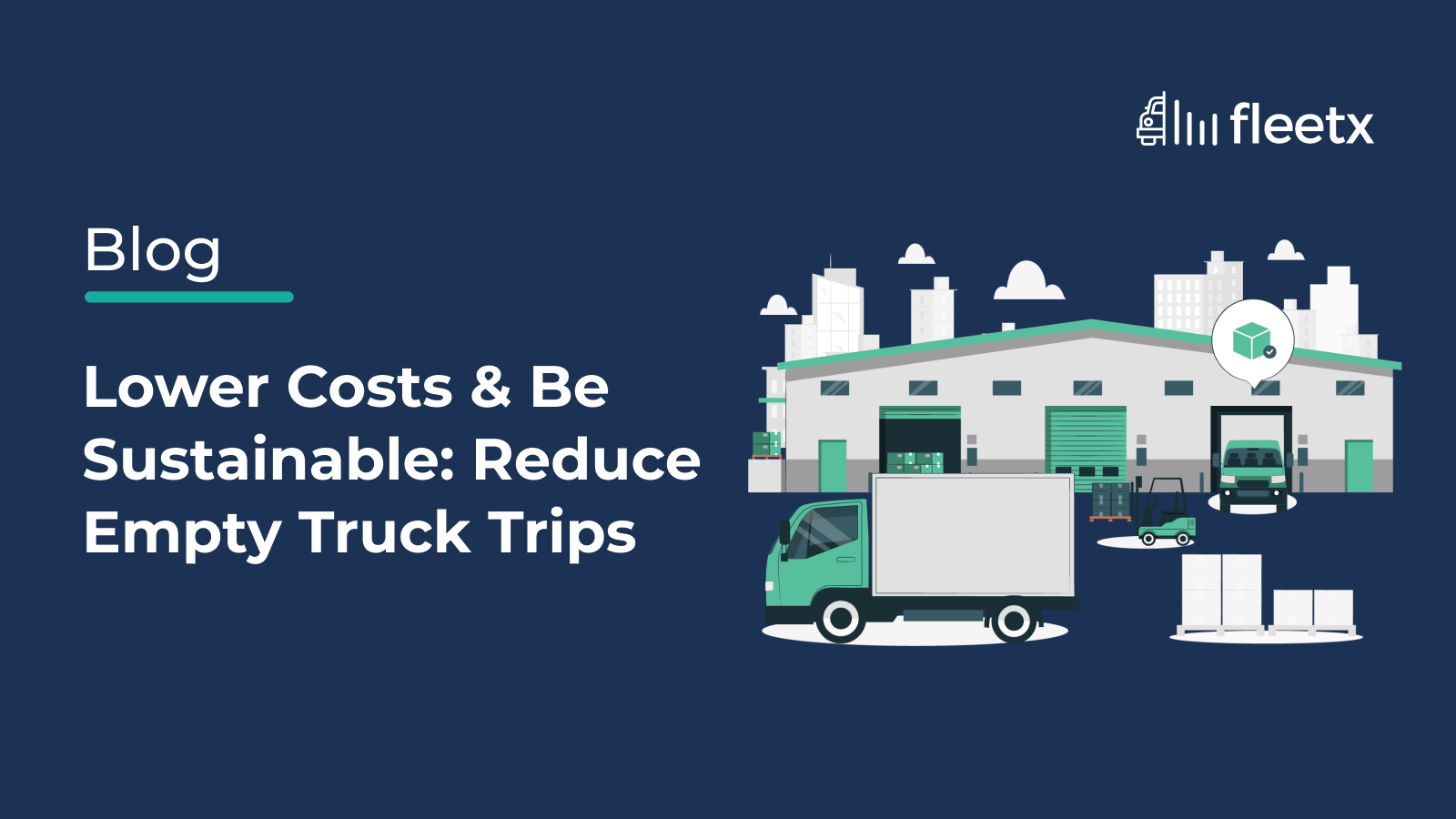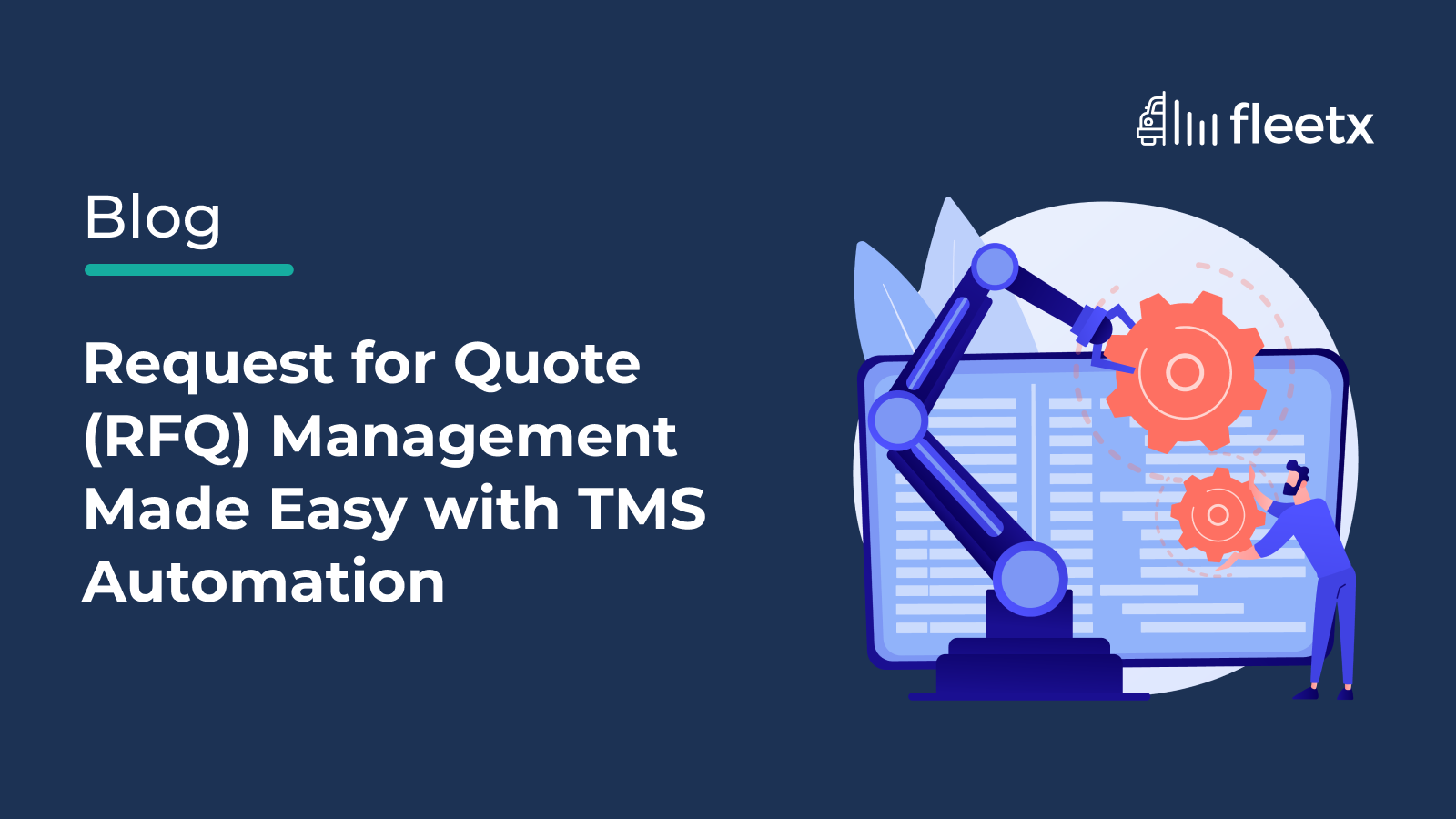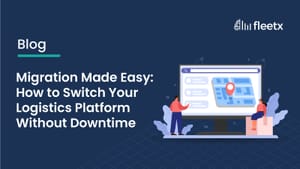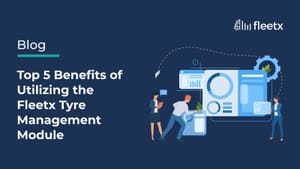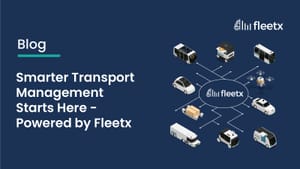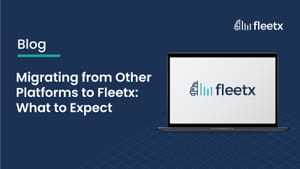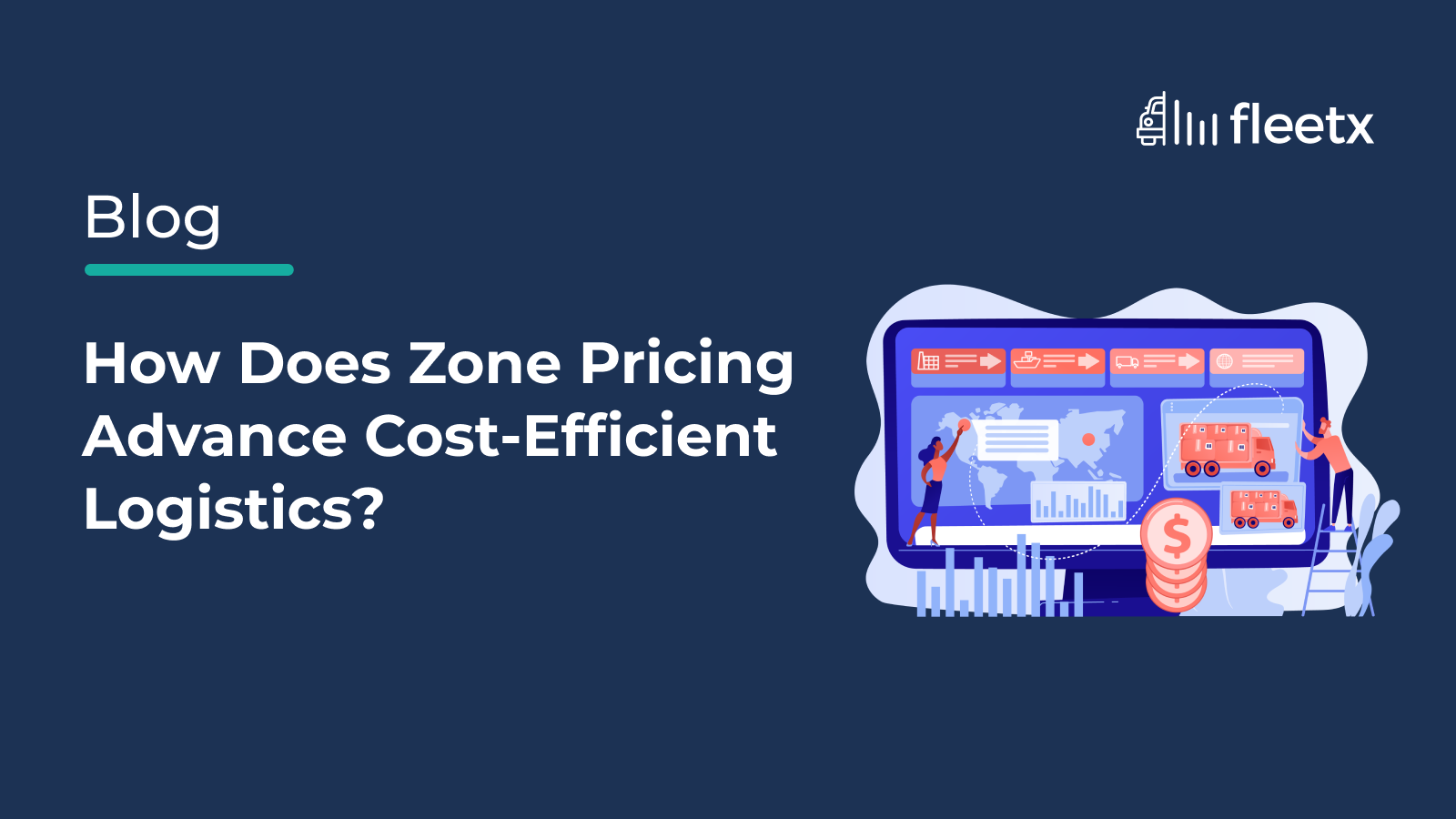
A compelling logistics pricing strategy is a primary factor in determining business profitability. Technology plays a significant role in the fragmented market situation and the recent push toward data-driven systems has opened up several possibilities for a complete pricing makeover.
Selecting the vehicle type based on geographical zones, fuel consumption reports, EV fleet availability, or vehicle size are effective means of streamlining logistics costs. Now, zone-based logistics pricing has become a fairly common practice, and transport businesses determine shipping zones based on certain factors, but not limited to:
- Shipping distance
- Existing demand
- Competitor rates
- Regional operational challenges
An Example of Zonal Division & Its Impact on Shipping Costs
Almost every transporter sets the rates based on the above parameters but calculates them in their own way. An example of the same can be demonstrated as –
Zone A (Intra-City): Transporting goods/cargo within the same city
Zone B (Intra-State): Transporting goods/cargo within the state
Zone C: Transporting goods/cargo to and from metro cities
Zone D: Transporting goods/cargo in any part of India other than North East and Jammu & Kashmir
Carriers base their rates on the shipping zones, the higher the zone (from A – D as above), the higher the charges by most transporters.
Why is Zonal Pricing Important for Transporters & Fleet Owners?
The reasons for embracing zone pricing include –
Standardized Pricing
Dividing regions based on distance lets the carrier offer consistent prices to the shippers, simplifying the pricing mechanism to and from different locations.
Relevant Costing
Zonal distribution enables carriers to set higher charges for longer distance shipments and lesser for shorter distances, optimizing transportation expenses.
Route Optimization
With the zonal distribution of destinations, carriers can find the optimum route for transporting goods from point A to point B. It impacts the loading and unloading processes, reducing transit times and costs.
Effective Resource Allocation
Based on the zonal demand, carriers can allocate resources optimally, improving overall operational productivity.
Competitive Edge
Carriers can regulate the prices and services better based on the specific regional requirements, leading to higher competitive gains.
Role of Technology in Navigating Zone Pricing
Machine Learning (ML) for Predictive Pricing: AI-driven ML algorithms are capable of analyzing vast datasets such as historical transportation costs, seasonal demand fluctuations, and market trends in determining the ideal zonal prices.
Route Optimization With Geospatial Data: Technologies such as GPS tracking and IoT sensors enable transporters to adjust shipping costs depending on the route, traffic conditions, and other vehicle challenges.
Dynamic Decisions With Automation: AI-powered tools analyze large amounts of data to determine the best techniques for navigating the rough logistics landscape with cost-effective and fast decisions.
How is Technology-Driven Zone Pricing Better than the Traditional Method?
How is AI-Based Zone Pricing Transforming Logistics Operations?
Optimizing zone pricing with the aid of AI has several advantages –
Competitive Pricing
- Competitor pricing analysis enables optimum price setting
- Predictive pricing aligns well with the market conditions
Optimized Operational Costs
- Operational costs are optimized by minimizing the fluctuation in pricing
- Scope of dynamic pricing adjustments to reflect the real-time implications
Finer Customer Experience
- Customized and transparent pricing ensures higher customer satisfaction
- Pricing simplicity leads to faster deliveries
What Does the Future Hold for AI-Powered Zone Pricing?
With rapid progress in technological advancement, several innovative methods are expected to transform zone pricing further:
- Real-Time Hyper Personalized Pricing – AI can refine the pricing strategy by integrating real-time consumer behavior, demand fluctuations, and competitor prices.
- Ethical Considerations – With the rising popularity of AI, regulatory bodies might implement stricter restrictions to regulate unfair pricing policies or price discrimination.
- Cross-Industry Adoption – Currently popular in sectors like retail, fuel, and others, AI-led zone pricing may extend into real estate, healthcare, and more.
Businesses are increasingly leveraging machine learning, IoT, and geospatial analytics to optimize delivery costs and enhance customer satisfaction. That is the key to maintaining a steady competitive advantage in the ever-evolving logistics industry and ensuring sustainable growth in the dynamic market.

